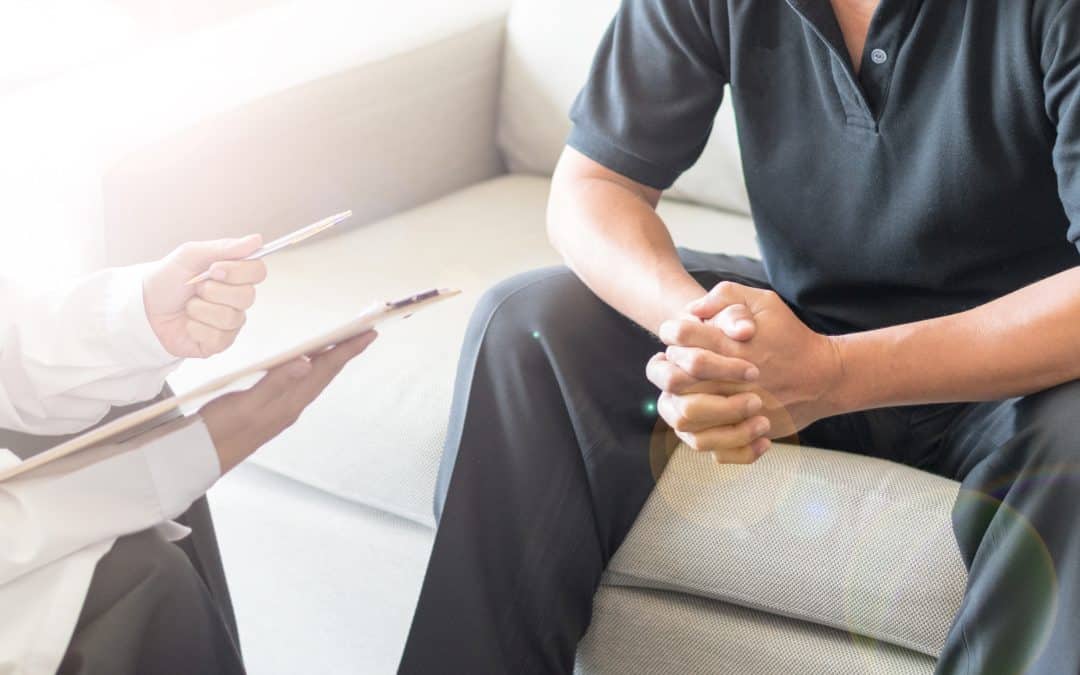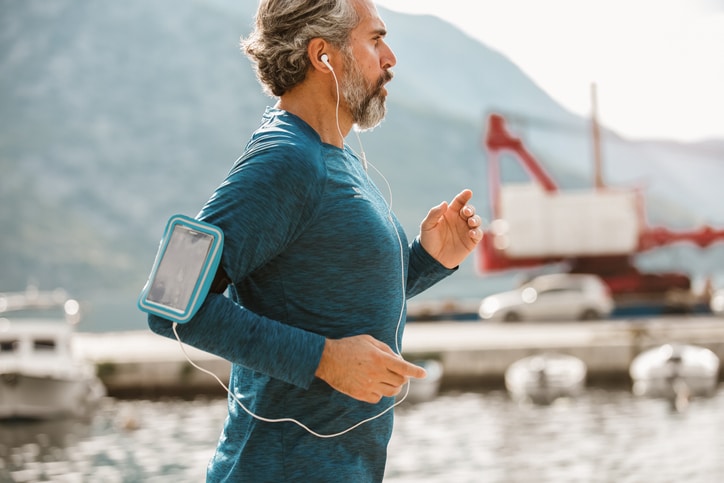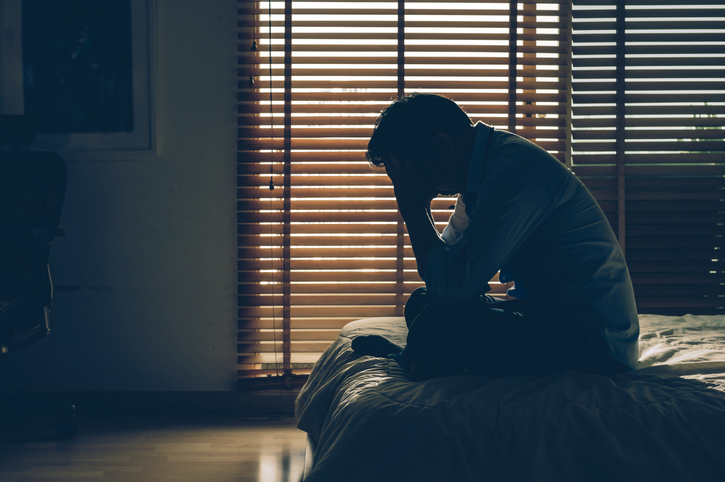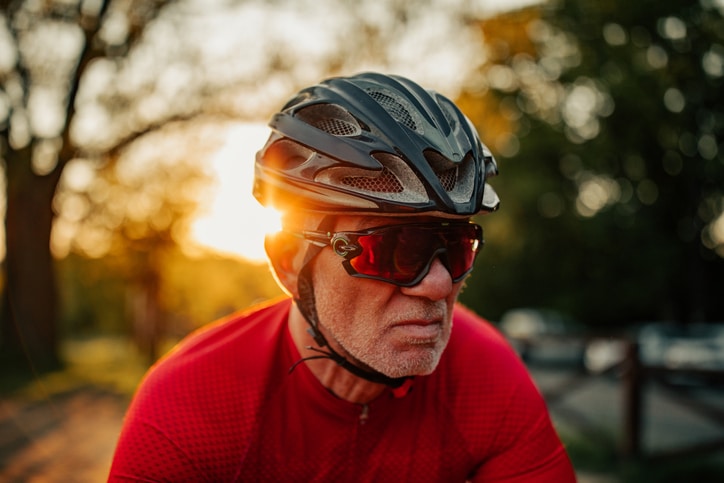Ozone Therapy FAQ
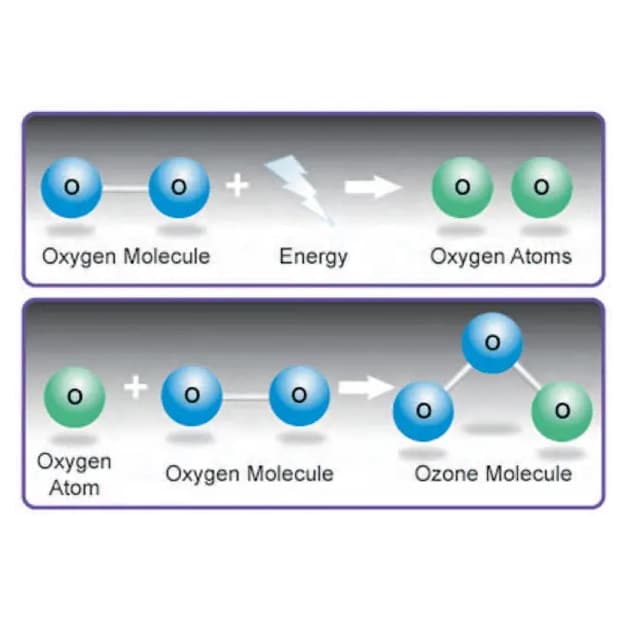
What is Ozone? What is Ozone therapy?
Ozone is a naturally occurring gas that consists of three oxygen atoms and makes up the ozone layer, Earth’s protective layer from the Sun’s ultraviolet radiation. The gas is colorless and has an acrid odor.
Ozone therapy is the use of medical-grade ozone/oxygen gas to address a wide range of health conditions and may possibly reverse chronic oxidative stress due to aging, chronic infections, diabetes, atherosclerosis, degenerative processes, and cancer.
Although considered unorthodox by many, Ozone therapy has been medically utilized and studied since the mid-nineteenth century with much of the research originating in Europe. Interestingly enough, Nikolai Tesla patented the first ozone generator in 1896! Since then, a multitude of technological and scientific advancements have been made to increase the safety and understanding of Ozone therapy. Ozone therapy can be administered in a number of ways depending on the health condition to be addressed.
How does Ozone therapy work?
Ozone therapy has a wide range of therapeutic uses along with an array of mechanisms of action. Ozone therapy is typically used for its tissue regenerative, anti-oxidant, immune supportive, anti-inflammatory, and anti-aging properties.
Ozone therapy…
-
- Supports tissue repair by enhancing the release of growth factors
- Up-regulates free radical scavengers such as glutathione peroxidase, catalase, and superoxide dismutase
- Supports and modulates the immune system
- Improves oxygen delivery to cells by stimulating oxygen metabolism
- Increases production of cellular energy in the form of ATP
- Improves blood circulation and decreases blood viscosity
- Maintains RBC membrane integrity by activating the pentose pathway
- Reduces chronic inflammation
- Activates neuro-protective systems
What conditions is Ozone used for?
Ozone therapy has a wide range of therapeutic uses. Ozone therapy is typically used for its tissue regenerative, anti-oxidant, immune supportive, anti-inflammatory, and anti-aging properties. Published papers have demonstrated positive results in:
-
- Interstitial cystitis
- Chronic hepatitis
- Herpes infection
- Various dental infections
- Canker sores
- Diabetes and associated complications including ulcers
- Multiple sclerosis
- Post Stroke (Acute cerebral infarction)
- Intermittent Claudication
- Macular degeneration
- Complementary Cancer Care
- And more…
Ozone therapy has also been reportedly used in the treatment of:
-
- Acute cold/flu
- Chronic fatigue syndrome
- Peripheral Artery Disease
- Dementia and Cerebral Vascular Disease
- Rheumatoid Arthritis
- Fibromyalgia
- Lyme disease
- SARS
Used alone or in combination with prolotherapy, ozone therapy is used to treat various musculoskeletal complaints including knee, back and shoulder pain. If you don’t see your health condition listed above please contact our office to find out if Ozone therapy can help you!
Is Ozone therapy safe?
However, the inhalation of ozone gas can lead to airway hyper-reactivity, airway inflammation and can significantly exacerbate patients with COPD. Ozone therapy should not be used in patients with glucose-6-phosphate dehydrogenase deficiency, uncontrolled hyperthyroidism, in the first three months of pregnancy, and in other specific circumstances.
During your consult, The Studio Medical Team will discuss ozone therapy with you and decide if it is safe and indicated for you. The Studio Medical Team uses universal safety precautions and a well-ventilated exam room to ensure the safety of its patients.
How is Ozone therapy used?
For the majority of other conditions, auto-therapy is the most common method for administering ozone. Autohemotherapy is used in the treatment of a variety of health conditions including allergies, chronic inflammation, chronic infections, cardiovascular conditions, and more. There are two main forms of this therapy; Minor Autohemotherapy and Major Autohemotherapy.
Minor Autohemotherapy
Alternatively, this blood can be treated with ozone gas and then reinjected. A small amount of local anesthetic may be used to reduce the pain of the injection. This method is primarily used to treat allergies, acne, herpes/shingles, acute cold/flu, trigger points, and more.
Major Autohemotherapy
Major Autohemotherapy involves removing a larger volume of the patient’s blood (Typically 60-250 ml) into a sterile container containing an anticoagulant to prevent the blood from clotting. This volume of blood is then treated with ozone and then infused into the patient via an IV drip.
Published papers have demonstrated positive results in interstitial cystitis, intermittent claudication, chronic hepatitis, herpes/shingles infection, various dental infections, diabetes, and associated complications, multiple sclerosis, and macular degeneration. Major autohemotherapy has also been reportedly used in the treatment of various cancers, including prostate cancer, chronic fatigue syndrome, fibromyalgia, Lyme Disease, and a host of autoimmune diseases.
* In addition to these common treatments, others exist including rectal insufflation, ear insufflation, bladder insufflation, body and limb bagging, ozonated water, and topical applications of ozonated oils.
How many treatments do I need?
The number and frequency of treatment vary with the severity of your condition, age, and overall health status. The number of treatments can be up to 20 and the frequency can be as often as daily to several times per week. The Studio Medical Team will discuss this with you and decide the most appropriate number and frequency of treatments.
Related Blogs
Aging Backwards: The Science of Age Reversal and Longevity
The Lifelong Athlete: Longevity Strategies for Peak Performance. Learn about cutting-edge interventions from Doctors Studio in Boca Raton.
The Power of Transfer Factors in Functional Medicine
The Lifelong Athlete: Longevity Strategies for Peak Performance. Learn about cutting-edge interventions from Doctors Studio in Boca Raton.
Youthful Aging: Eliminating Senescent Cells for Improved Health
The Lifelong Athlete: Longevity Strategies for Peak Performance. Learn about cutting-edge interventions from Doctors Studio in Boca Raton.
Join the Wellness Revolution: Membership Benefits at Doctors Studio
Explore Doctors Studio's unparalleled membership benefits in Boca Raton—top professionals, exclusive discounts, holistic services for a wellness journey
The Lifelong Athlete: Longevity Strategies for Peak Performance
The Lifelong Athlete: Longevity Strategies for Peak Performance. Learn about cutting-edge interventions from Doctors Studio in Boca Raton.
Is A Functional Medicine Doctor A Licensed Medical Practitioner?
Are you looking for high-quality health care and want to know whether a functional medicine doctor is the right fit? Learn more about credentials here.
Senolytics: The Secret To Reversing Aging Cells
Senolytics are the secret to reversing aging cells. This exciting treatment helps slow down the aging process, build health, and increase vitality.
Holistic Diabetes Treatment In Boca Raton
If you're searching for diabetes treatment in Boca Raton, visit a health care clinic that knows how to completely restore health.
5 Reasons Why You Need A Functional Medicine Coach
Are you having trouble reaching your health goals on your own? A functional medicine coach can help!
Boca Raton’s Holistic Wellness Center
Ozone therapy is the use of medical-grade ozone/oxygen gas to address a wide range of health conditions.


